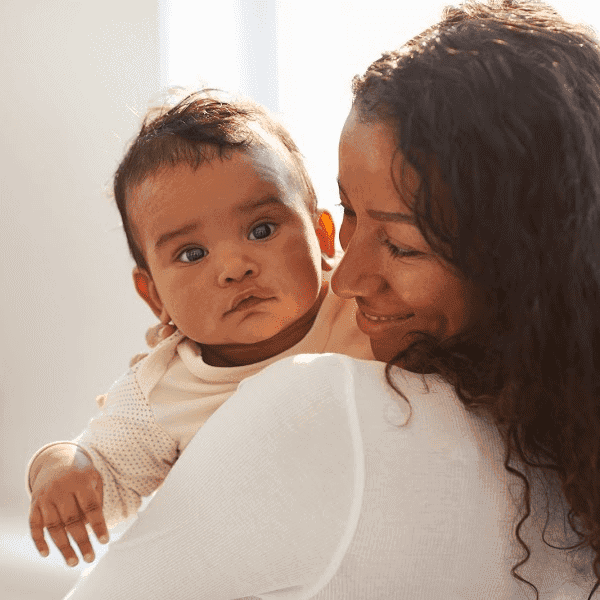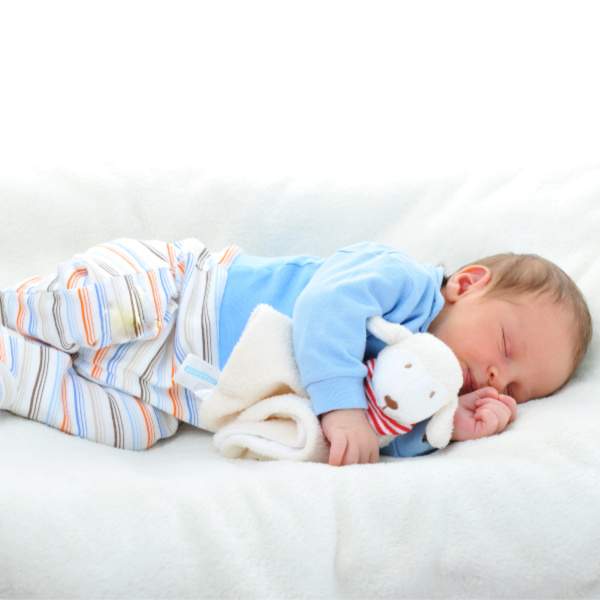Heat Safety and Sun Protection Essentials for Infants During Outdoor Events
Summer’s all about sunshine and getting outside, but for parents with babies, it’s not quite as simple as throwing on some sandals and heading out the door. Babies just don’t handle heat like adults do. They’re more likely to get overheated or sunburned, so you’ve got to be extra careful if you’re planning any outdoor adventures.
When you’re at an outdoor event with your little one, finding shade isn’t just a good idea, it’s a must. The American Academy of Pediatrics says you should keep babies out of the heat when the heat index goes over 90°F. Dress your baby in loose, light clothes that cover their arms and legs, and don’t forget a floppy hat to protect their face and neck.
Hydration is huge, too. Babies under six months should stick to breast milk or formula for fluids. If your baby’s a bit older, you can offer some water, especially if you’re out for a while. Try to plan your outings for early morning or evening, and keep an eye out for signs your baby’s getting too hot. Red cheeks, fast breathing, crankiness, you name it.
Essentials of Infant Sun Protection During Outdoor Events
Protecting your baby from the sun takes a bit of planning and the right gear. It’s not just about comfort. Good sun protection now can help prevent skin problems down the road.
Understanding the Risks of UV Rays for Infants
Babies’ skin is super sensitive and doesn’t have much melanin, so they’re way more likely to get sunburned than adults. Even cloudy days aren’t safe. Most UV rays go right through the clouds.
Sunburns in babies aren’t just painful; they can increase the risk of skin cancer later. The UV index tells you how strong the sun’s rays are. If it’s 3 or higher, your baby needs protection. Check your weather app before heading out.
Sunburn can happen in just 15 minutes on a high UV day. The effects add up over the years, so it’s worth being careful from the start.
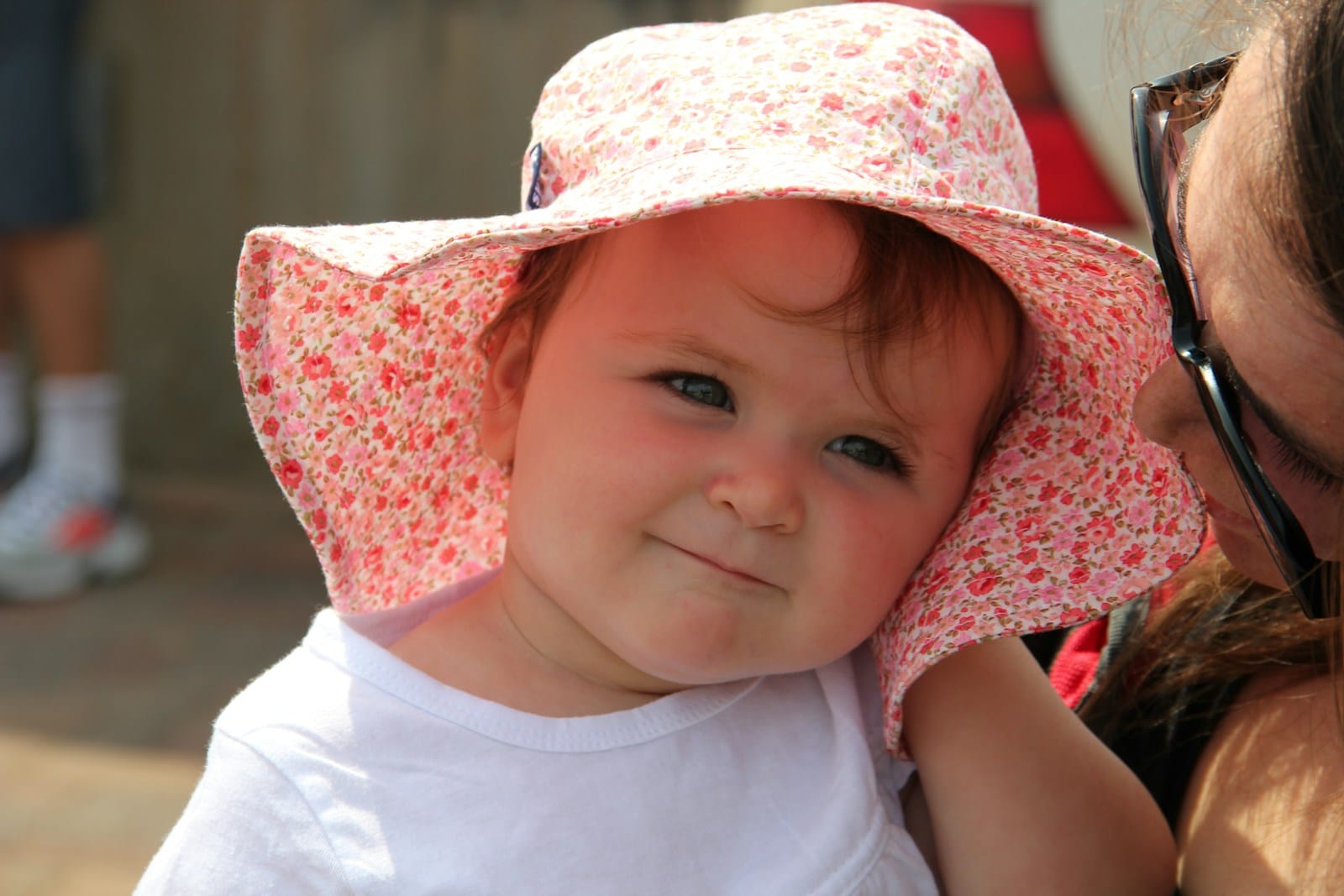
The Importance of Staying in the Shade
Shade is your best friend for keeping babies safe from the sun, especially if they’re under six months. Their skin is just too delicate for direct sunlight.
Look for natural shade, like under trees, or bring your own. Umbrellas, stroller covers, or those pop-up baby tents work great. These tents are especially handy at the beach or park.
Before you go anywhere, scout out shady spots. Mornings and late afternoons are usually less intense, so those are your best bets for outdoor fun.
Don’t forget, though: sand, concrete, and water can bounce UV rays around, so even in the shade, some sun gets through. Try to position yourself to block as much reflected light as you can.
Choosing Effective Sunscreen for Babies
For babies under six months, sunscreen isn’t the go-to. Stick to shade and protective clothing as much as you can, but if there’s a spot you can’t cover, use just a dab of baby-safe sunscreen. I really like the Tubby Todd Mineral Sunstick. It’s a zinc oxide based sunscreen, with a perfect size for on-the-go uses.
Babies over six months? Go with a broad-spectrum sunscreen that’s:
- SPF 30 or higher
- Covers both UVA and UVB
- Mineral-based (think zinc oxide or titanium dioxide)
- Water-resistant
- Fragrance-free for sensitive skin
Put sunscreen on about half an hour before you go outside. Cover all exposed skin. Use just enough, but don’t skimp. Remember spots like ears, hands, feet, and the back of the neck.
Reapply every couple of hours, and definitely after swimming or if your baby gets sweaty. Even the “waterproof” stuff doesn’t last forever.
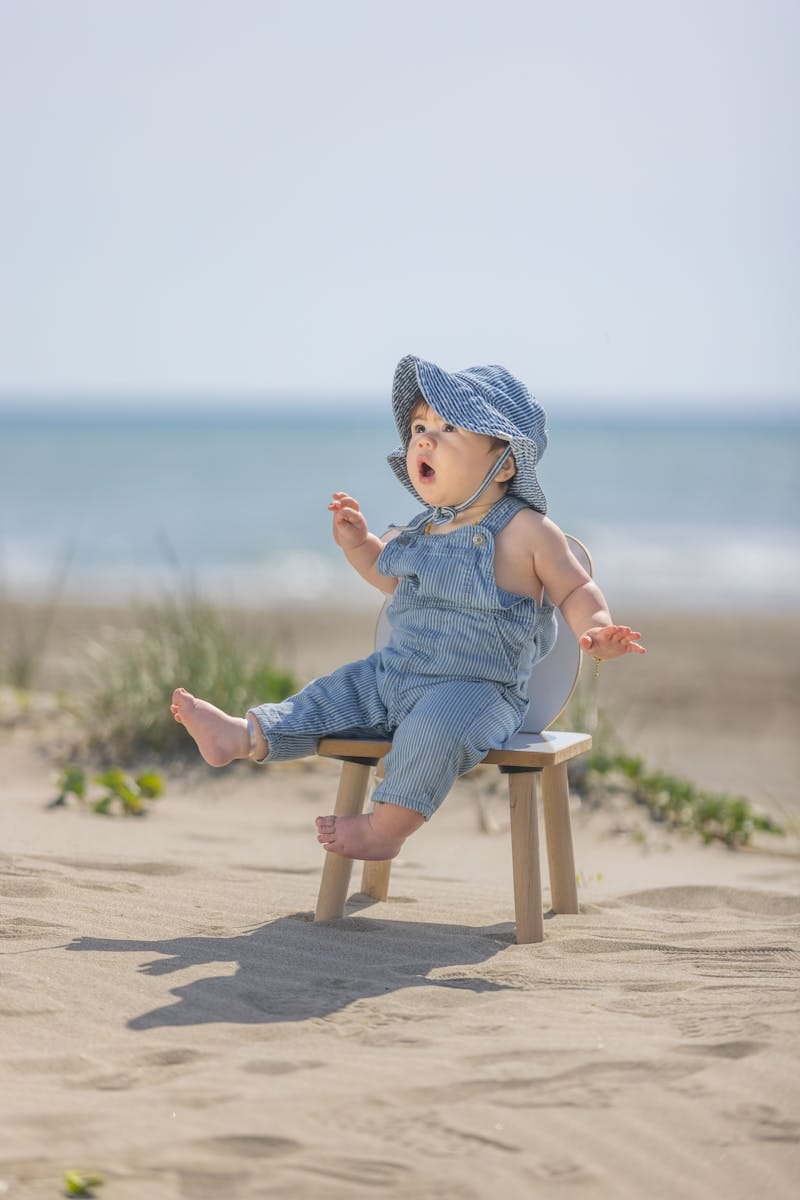
Selecting Appropriate Clothing for Heat Safety
What your baby wears can make a world of difference when it’s hot out. The right clothes keep them cool and help block the sun.
Best Fabrics and Layers for Hot Weather
Cotton is a solid choice for hot weather. It’s light, breathable, and lets air move around. That means sweat can evaporate, and your baby stays cooler.
If you see “moisture-wicking” on a label, that’s good too. These fabrics dry quickly and help prevent rashes from dampness.
On really warm days, one light layer is usually enough. A cotton onesie works well. If the weather changes, just add or remove a layer as needed.
Skip synthetic fabrics like polyester; they trap heat and don’t breathe. Also, avoid clothes with tight elastic bands, since those can make babies even hotter.
Protective Clothing Choices for Infants
Sun-protective clothing with a UPF rating is a smart buy. Look for UPF 30 or higher for the best coverage.
Loose rompers that cover arms and legs protect more skin and still keep your baby cool. One-piece outfits are handy. They don’t ride up and leave skin exposed.
A good hat is a must. Go for one with a wide brim that shades the face, ears, and neck, and get one with a chin strap so it stays put.
If you’re near water, rashguards or swim shirts offer sun protection that doesn’t wash off like sunscreen. They’re a game-changer for babies who love to splash.
Light-Colored vs. Dark-Colored Clothes
Light colors reflect sunlight and help keep your baby cooler, while dark colors soak up heat. Whites, pale yellows, and light blues are all good picks for summer.
Patterns aren’t just cute. They can block more UV rays than plain light colors. A dense print in a light color might actually offer better sun protection than a solid white tee.
Fabric matters, too. Tightly woven, light-colored clothes give the best mix of sun protection and breathability.
Sun Protection Accessories: Hats, Sunglasses, and More
Get a wide-brimmed hat that shades your baby’s face, ears, and neck. Chin straps are great, but make sure they’ll break away if needed.
Baby sunglasses with UV protection are a good idea, too. Look for:
- 99-100% UV protection
- Wraparound style
- Flexible, tough frames
- A strap to keep them on
Stroller shades and clip-on umbrellas add extra shade. Most strollers have canopies, but you can always add more if needed.
Pop-up tents are super handy for the beach or park—they give your baby a safe, shady spot to play or nap.
Muslin blankets can double as shade in a pinch, but make sure air can still circulate so your baby doesn’t get too warm.
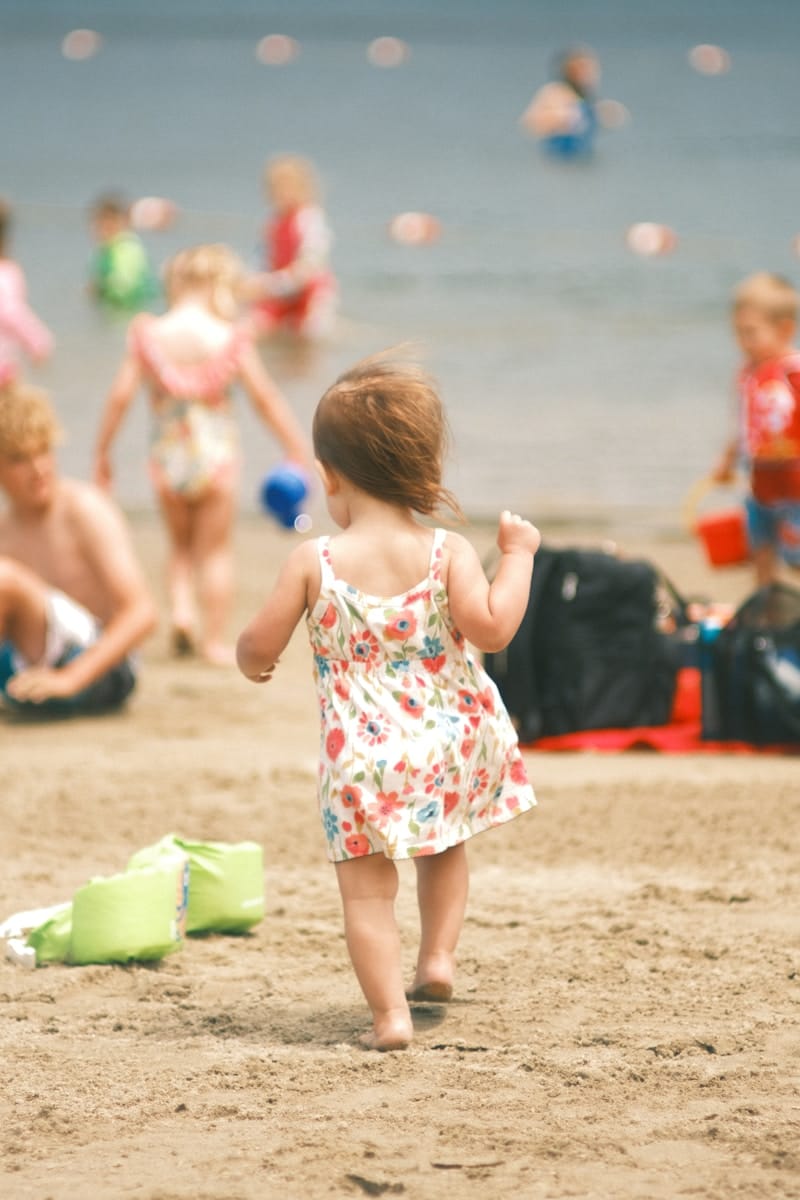
Safety for Water Play and High-Exposure Environments
Never leave your baby alone near water, not even for a second. It takes barely any water for a baby to get into trouble.
If you’re at the beach, a little baby pool with just a bit of water is a safer way to let them splash. Set it up in the shade so the water doesn’t get hot.
Use swim diapers and change them right after swimming. Regular diapers get heavy and don’t work well when wet.
Beach tents with UV protection give you a shady, sand-free zone. Mesh sides are great for keeping air moving while blocking the sun.
When camping, keep your baby’s sleeping spot away from campfires and smoke. Mosquito netting is a must in the woods.
Insect Repellent and Skin Care Precautions
Skip insect repellent for babies under two months. Use mosquito netting on strollers and carriers instead.
For older babies (over two months), you can use repellent with up to 30% DEET, but put it on clothes, not skin, when you can. Always wash it off when you get home.
Check your baby’s skin often for irritation, bites, or sunburn. Catching it early makes a big difference.
Frequently Asked Questions
Parents have all sorts of questions about keeping babies safe in the heat and sun. Here are some answers to the most common ones.
What are the recommended sun protection measures for infants during summer outdoor activities?
For babies under six months, stick to the shade as much as you can. Use a stroller with a good canopy or bring a pop-up sun shelter.
Dress your baby in lightweight, long sleeves and pants made from tightly woven fabric. Add a wide-brimmed hat for extra protection.
If your baby’s over six months, you can use sunscreen (SPF 30 or higher) on exposed skin. Make sure it’s broad-spectrum, and reapply every two hours or after swimming.
How can I ensure my baby stays cool during heatwaves without air conditioning?
Portable fans are helpful for moving air around, and a bowl of ice in front of a fan can make a cool breeze.
Give your baby a lukewarm bath to help cool them down. Dress them in loose, light cotton clothes.
You can use a cool, damp cloth on their skin, especially on wrists and neck. If your home’s too hot, try to go somewhere air-conditioned, like a library or mall.
At what temperature should I avoid taking my baby outside during summer?
Try to keep babies indoors if it’s hotter than 90°F (32°C). High humidity can make it feel even worse.
Watch for heat advisories and air quality alerts. If the heat index is high, stay inside.
If you do go out, aim for before 10 AM or after 4 PM, when it’s cooler. Always check surfaces like playground equipment or car seats. They can get dangerously hot.
What are the best strategies for keeping an infant hydrated and comfortable in high temperatures?
Babies under six months just need breast milk or formula, but offer it more often when it’s hot.
Older babies can have a little water between feedings. Watch for fewer wet diapers, dry mouth, or extra fussiness. These can be signs of dehydration.
Let your baby rest more on hot days. They might get tired faster because staying cool takes a lot of energy.
What type of sun protection clothing is most effective for a baby when attending outdoor events?
Go for clothes labeled with a UPF of 30 or higher. These fabrics do a much better job blocking UV rays compared to everyday clothing. Definitely worth it if you ask me.
Pick lightweight, loose-fitting outfits that cover your baby’s arms and legs. The fabric should be tightly woven but still breathable, so your little one doesn’t overheat.




